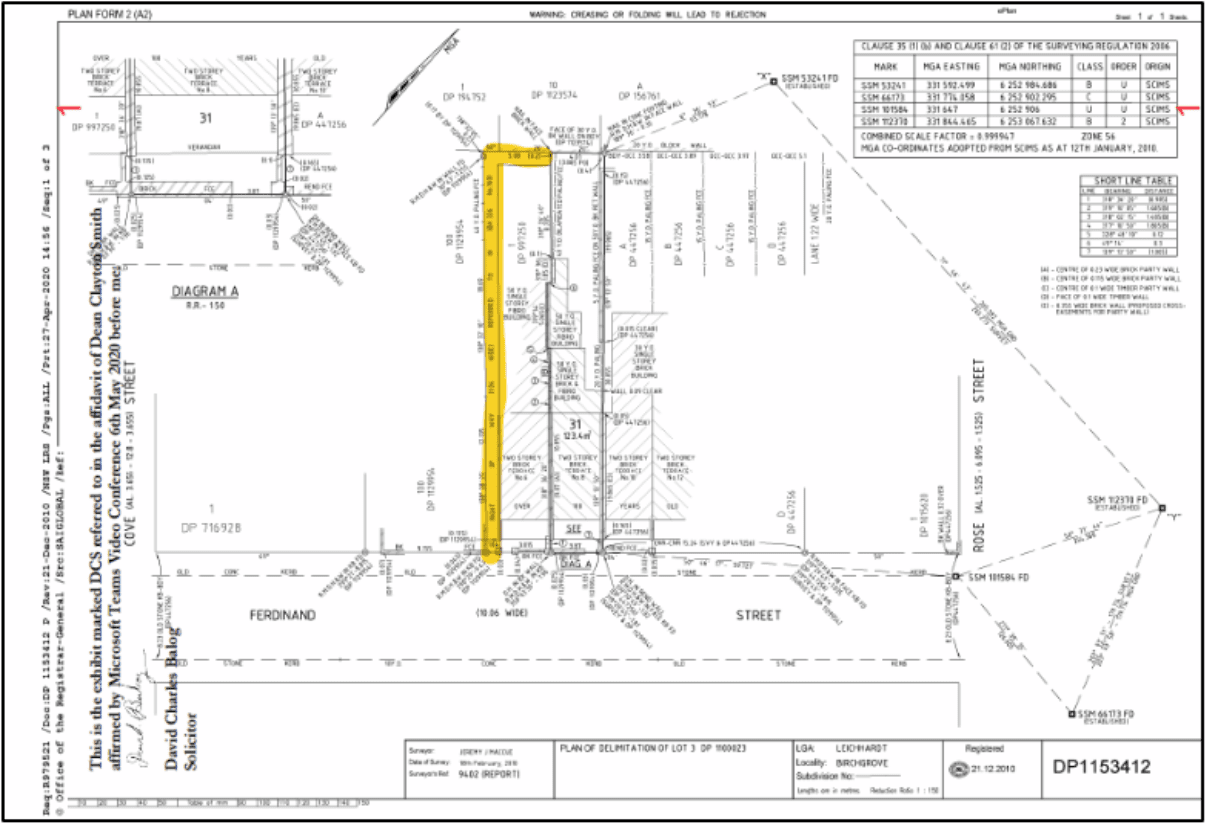Abandonment of Easements

An easement is a ‘right enjoyed by a person with regard to the land of another person. The exercise of which interferes with the normal rights of the owner or occupier of that land’ (Municipal District of Concord v Coles (1906) 3 CLR 96).
Common examples of easements include ‘right of way’, ‘access for repairs’, ‘drainage’ and many more. The presence of easements as part of a property is common, but what happens when an easement is no longer needed or used? If over the course of time since the easement had been created, renovation and reconstructions have made the easement obsolete, or it has since laid idle, even for very long periods of time?
Generally, once an easement or right of way on a property has arisen, it will continue indefinitely unless it is extinguished or released. Easements can be removed or modified in several ways including ‘abandonment’. However, it is one of the most misunderstood areas of land law and the number of cases where issues regarding easements have gone to court, even as far as supreme court is not few. Particularly, easement abandonment is a tricky subject and very hard to prove if a servient tenement is seeking the removal of the easement.
This difficulty is exemplified by the case of Sheppard v Smith [2021] NSWSC 1207 which was decided by the Supreme Court on 23 September 2021. The case revolved around the presence of a one meter inverted ‘L’ shaped ‘right of way’ easement upon a portion of land of one house that originally allowed access from the street to the back of the neighbouring house. Since its creation in 1885 the applicants, or house burdened by the easement had made renovations and building works that at least partially obstructed the easement and were seeking to remove it through in part claiming ‘easement abandonment’.
The applicant could not establish that the owner of the easement ‘intended’ to abandon it under common law. Their case was ultimately not successful and resulted in having to pay the legal costs of the neighboring property. The difficulties of a servient tenement owner in supplying evidence to support abandonment under common law make it almost impossible for an applicant seeking ‘abandonment’ to succeed.
Although ‘abandonment’ is just one of several ways in which an easement might be extinguished, proving it enough to be successful is another matter.
